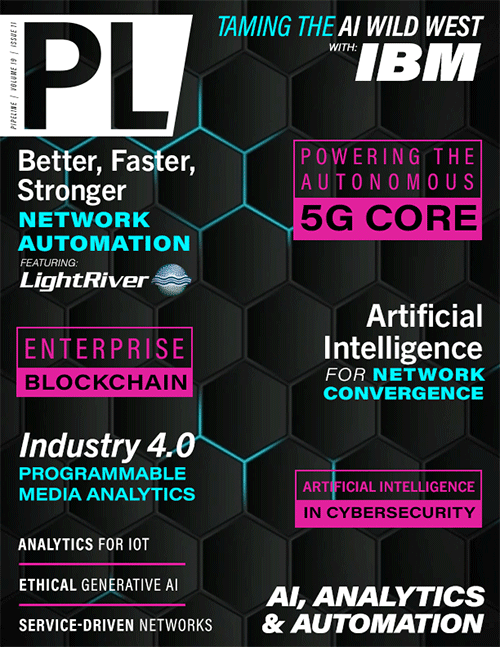AI and Analytics for IoT
The sequence from data sourcing to AI interventions highlights the importance of a framework for complementary AI and IoT technologies and data provenance management. Device and data management are its foundations.
Enabling AI for IoT
In IoT technology stack terms, device management covers several functions related to network connectivity, identity management, registration, and discovery. These are common service functions, designed for interoperability and reuse, so that developers can use them time and again.
Data management is a second foundational capability because of its impact on analytical workloads and decision-making quality. Data scientists spend 80% of their time on data cleaning and exploratory analysis. There is clear justification to automate these activities by equipping developers with a tailored set of service functions. These include tools to manipulate training data sets. They also cover configurable information models for common IoT items such as actuators, meters, and switches. These are examples of AI/ML common service functions.
The interdependency between IoT and AI/ML shows up in the way that device and data management capabilities affect the AI and ML layers higher up the IoT stack. An example is the “registration” function that manages the identities on which IoT data-supplier and AI/ML data-consumer interactions are built. The registration function is also a source of data provenance information. If a pattern-recognition or causal inferencing AI application produces a machinery shut-down alert intermittently, the plant operator will want to check on the factors contributing to that diagnosis. After querying the IoT data feed, the operator might then query data about the sensor, the manufacturer’s details, and information about the most recent calibration settings. These other details—a form of meta data for the sensor readings—can help an operator to figure out whether the sensor, rather than the manufacturing process, might be suspect. This is possible through tightly coupling the AI/ML layers of the technology stack with the device and data management layers.
Users will have higher performance expectations as the use of AI/ML and IoT techniques becomes more pervasive. System designers should therefore plan on data provenance checking as well as transparency of decision-making rising in importance. These developments will call for new and generalized functionality. Rather than customize solutions on a case-by-case basis, users and developers stand to gain from a common “AI4IoT” framework and standardization.
Pre-standardization Insights Into AI for IoT
Anticipating the need for new capabilities, ETSI (the European standardization agency) published a pre-standardization study on the topic of AI for IoT systems. The study explored a variety of IoT use cases employing AI and ML capabilities. Some of these applied to vertical applications for use in communications networks, road traffic management, smart parking, and to recognize patterns in data collected from social media devices. To complement these, horizontal use cases explored the application of knowledge graphs in smart buildings as well as approaches to support trustworthy and verifiable AI. This analysis aimed to study architectural implications for IoT systems. It also aimed to find AI/ML common service functions that could be candidates for standardization.
Three proof of concept applications, using IoT platforms based on the oneM2M standard, provided feasibility insights to guide future work. They also confirmed the existence of a set of recurring requirements that solution designers should be prepared to address, ideally via standardized and reusable tools.
While there will be many ways to use AI in IoT systems, most applications share common elements. If these commonalities are not exploited, the study shows that application developers risk becoming overwhelmed by the burden of maintaining and integrating a large variety of AI-based modules, data models, and data sets. There will be benefits to drawing on a library of reusable AI-enhanced components matched to IoT enabling counterparts. These would reside in a service layer between AI/ML applications and IoT devices in the form of common and callable AI-as-a-service functions. These ideas are being carried forward as part of oneM2M’s standardization roadmap.



















